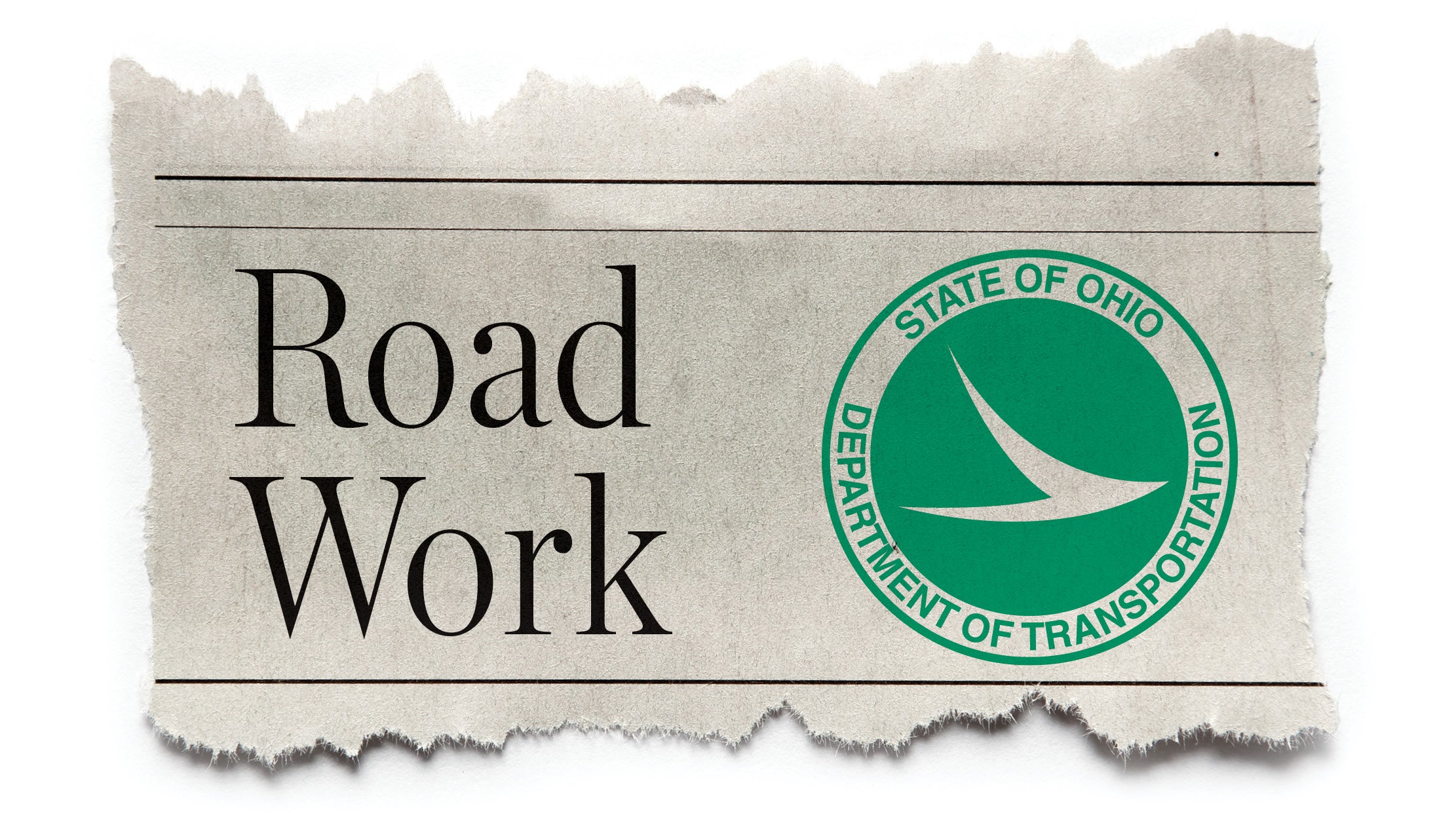EMTs serve as ‘triage’ so recovery can begin
Published 11:46 am Monday, April 17, 2017
Overdoses are something the Lawrence County EMS sees on a fairly regular basis.
“We average one or two (overdoses) a day,” said Earl “Buddy” Fry, Lawrence County EMS Executive Director.
The total numbers, for the first three months of the year, were 127 doses of Narcan delivered. Just over 40 per month on average.
“Number of doses doesn’t mean number of people,” Fry said. “Some people we give one dose to and they’re right out of it.” But others they might have to give an extra dose. He said the number of patients for that period was 75, putting them on track for an average of 300 overdoses for the year.
He also emphasized that these numbers reflect EMS use only, and not any Narcan used by the sheriff’s office or any local police or fire departments across the county.
They will all use Narcan whenever it’s necessary to save lives, he explained.
“We’re going to give it every time it’s needed,” he said. “If that’s three times a day for the same person (or once).”
“We haven’t seen that,” Fry added. “I know we have (treated the same person) three times in one week. But our commitment is to offer the very best in pre-hospital care we can offer.”
But despite their best efforts, they still lose patients sometimes.
“We lost one to an overdose (Tuesday night),” Fry said. “Oxycodone and morphine, I believe.”
While Fry acknowledges that they see, more than most, the worst-case scenarios of drug abuse, he doesn’t think that sharing knowledge of that really helps to deter abuse.
“They already know… it could kill you,” he said, but it doesn’t stop them from abusing. Not until they are ready. And until they are ready, he said, EMS will continue to save their lives.
While some in the community criticize the use of Narcan, especially repeated use, Fry stresses that their job as EMS isn’t to decide if someone is worth resuscitating based on their likelihood of relapse, but to save lives.
“I usually say, ‘well, I understand that’s your personal opinion,” he said, “but if that’s your son or daughter, you’re going to give them Narcan.’”
One of the other complaints is about the costs for the county, but he explained that the actual cost of Narcan isn’t that high. It varies based on where it comes from and if delivery is nasal or IV, but the county’s last batch was $23 a dose for IV syringes. The state reimburses them $6 per dose as well.
He said the idea that people who are suffering from an overdose become angry or violent when resuscitated isn’t accurate either, and that “80 percent” of folks respond peacefully.
“Last one I personally went on,” he said, “an unconscious at Wendy’s came in (while other units were out on runs), so I went over there, grabbed my kit and went over there. There was a girl laying there breathing about four times a minute… by the coke machine. I turned her over… opened her airway, like you’d start CPR. I noticed when I turned her over her fingernails were blue, her face was blue, her lips were blue. She was about three minutes from being dead, and I got the bag valve mask out and started breathing for her. We gave her nasal Narcan, (after the fire department showed up) and a guy from the fire department kept breathing for her and I started an IV. She woke up while I was starting the IV, and she was calm as could be.”
He has seen people respond in surprising ways as well though.
“Now, when I worked in the field, several years ago, before it was an epidemic, people were still doing it, I had a guy who was hardly breathing,” he said. “His pulse, which should have been at 96 percent, was at like 60. I started a tube… and gave him Narcan, and at about two minutes he sat straight up, popped that tube out, got up and took off running out the back door.”
The job of the EMS is to save their lives, as often as necessary, until they are ready to break the cycle and seek recovery, he explained.
“It’s a bigger problem,” Fry said. One that he thinks includes the stresses of poverty and lack of economic opportunities, a problem that is compounded when people can’t get the jobs that are available because they will fail a urine test.
“Yes, there are drugs across the spectrum of society, but the majority of the people who are on drugs… who overdose, who die, they don’t get up at 6 in the morning, get a shower and go to work.”
This is an issue that other agencies are seeking to address. Participants in the prosecutor’s drug diversion program, for instance, are required to get a job before they can be successfully released, and to get their GED if they aren’t a high school graduate. Individuals sentenced to STAR also have opportunities to continue their education and job training.
But this isn’t the EMS’s job to address. They are there to save the lives so that others can then help put them back together.
“We solve the immediate problem. What’s going to kill them right now,” Fry said. “What their long term solution is, we don’t have a part of. Our individual people may say, ‘You need to get counseling…’ or whatever. But if they aren’t ready to do it, it’s not going to happen.”
Next week we’ll continue our look at how the community can help support recovery and overcoming the opiate abuse epidemic that plagues our region.




